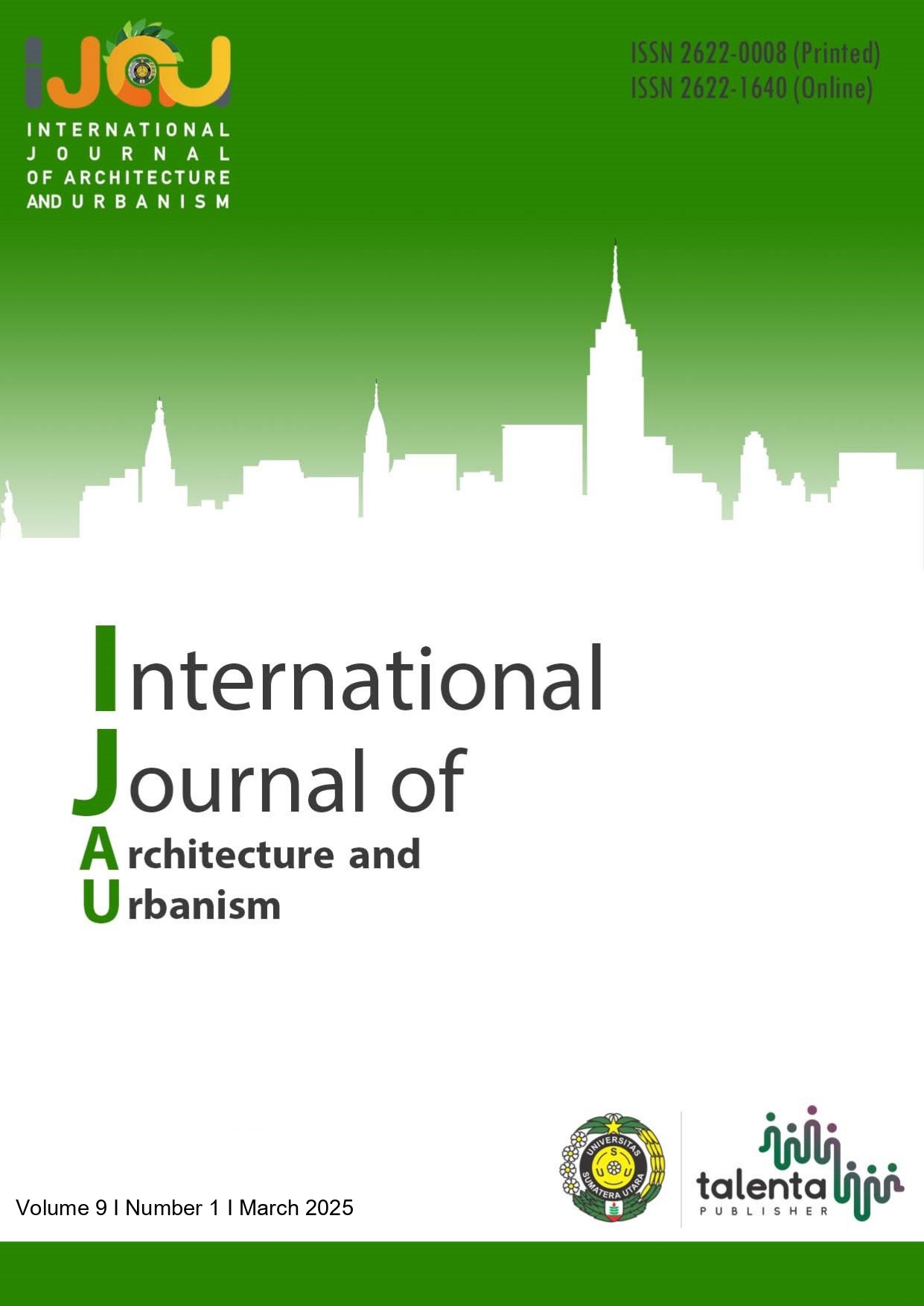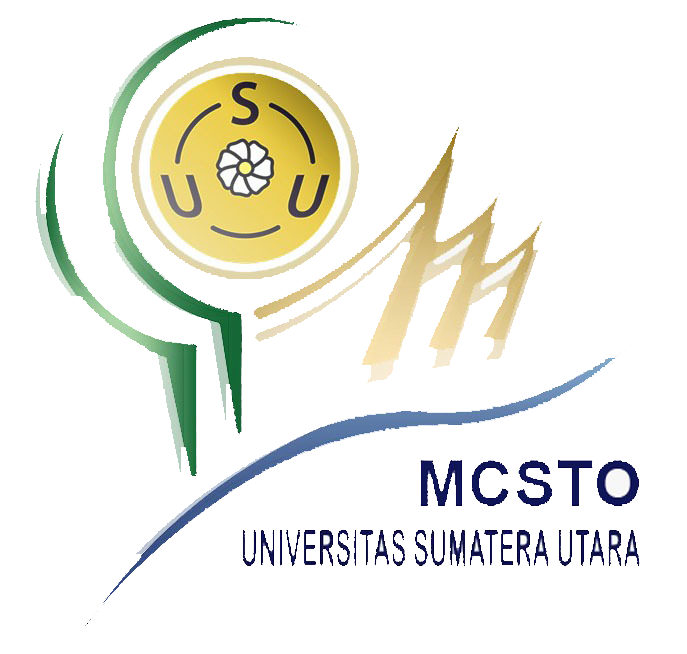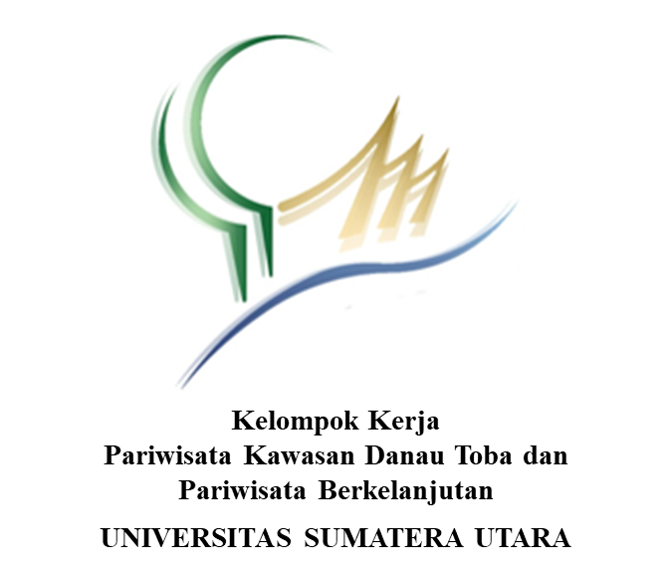Architectural Regionality in the Formation of Regional Identity in Medan City
DOI:
https://doi.org/10.32734/ijau.v9i1.20175Abstract
The development of the times and socio-cultural changes have had a significant impact on architecture, often eroding regional identity and cultural heritage that have been formed over centuries. This is evident in the revitalization of heritage areas, where regional design elements are less integrated, especially in contemporary practices. This study proposes a policy to implement regional architectural design and organize outdoor spaces in cultural heritage revitalization projects. Using architectural design methods, this study aims to create a "right" approach that combines historical monumentalism with contemporary aesthetics. Conceptual strategies such as contextual juxtaposition are used to enhance the design and character of the environment, with a focus on aesthetics and functionality. This approach aims to revitalize underutilized historic buildings by integrating new structures and materials, regenerating a sense of identity and value. This study provides a foundation for cultural and architectural policies in urban development, encompassing physical, economic, and social aspects while encouraging community involvement and ownership.
Keywords: regional architecture, heritage revitalization, conceptual design, contextual juxtaposition, local identity.
Downloads
Downloads
Published
How to Cite
Issue
Section
License
Copyright (c) 2025 International Journal of Architecture and Urbanism

This work is licensed under a Creative Commons Attribution-ShareAlike 4.0 International License.











.png)





